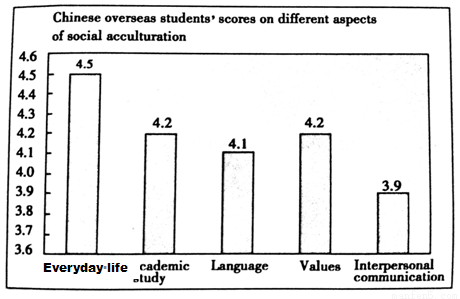题目内容
Now scientists have discovered the first evidence that the animals actually behave like their masters. Just like children, they adopt a “look and learn” approach which means they can mimic (模仿) human's actions when going about their tasks.
Biologists and psychologists at the universities of Vienna and Oxford designed an experiment to test the theory that dogs do have the ability to copy what they see, using a simple wooden box. In the study, ten owners showed their dogs how to open the wooden box, sometimes using their heads to push a handle and sometimes using their hands.
In the first part of the test, five dogs were rewarded with a piece of sausage for copying their owners' actions. The other five were rewarded with food for not copying, and using other methods. With each dog the experiment was repeated hundreds of times, and the time taken for a dog to get it “right” on 85 percent of attempts (17 goes out of 20) was recorded. The dogs encouraged to mirror their owners reached this point almost three times sooner on average than those rewarded for not copying them. In the second part of the test, all the dogs were only rewarded for copying the method their owners used. The five dogs previously rewarded for copying their owners reached the 85 percent mark more than twice as the other five.
In a paper published in Proceeding of the Royal Society, they concluded, “Like humans, dogs can't help imitating actions they see.” Going further, they said, “The results suggest the imitative (模仿的) behavior of dogs is shaped more by their developmental interactions with humans than by their evolutionary (进化的) history of domestication (驯化).”
Caroline Kisko, from the Kennel club, said, “A dog's behavior is influenced much like that of a child learning right from wrong and adopting similar patterns of behavior. We hope that owners understand the importance of their actions and use this knowledge to set good examples and therefore positively influence the behavior of their pets.”
1.What's the best title of the passage?
A. Dogs Are Intelligent Animals
B. Dogs Are like Children Most
C. Dogs Behave like Their Masters
D. Dogs Can Complete Simple Tasks
2.The underlined part “they” in Paragraph 4 most probably refers to ________.
A. the dogs' masters
B. the magazine's publishers
C. all the people involved in the experiment
D. the biologists and psychologists
3.The researchers believe dogs' imitative behavior comes mainly from ______.
A. domestication B. human rewards
C. evolution D. human-dog interactions
4.What can be inferred from the last paragraph?
A. Masters should influence their dogs as early as possible.
B. A man's bad behavior may influence his dog.
C. Dogs can't be influenced by men easily.
D. Dogs always behave positively.
 天天向上一本好卷系列答案
天天向上一本好卷系列答案 小学生10分钟应用题系列答案
小学生10分钟应用题系列答案

